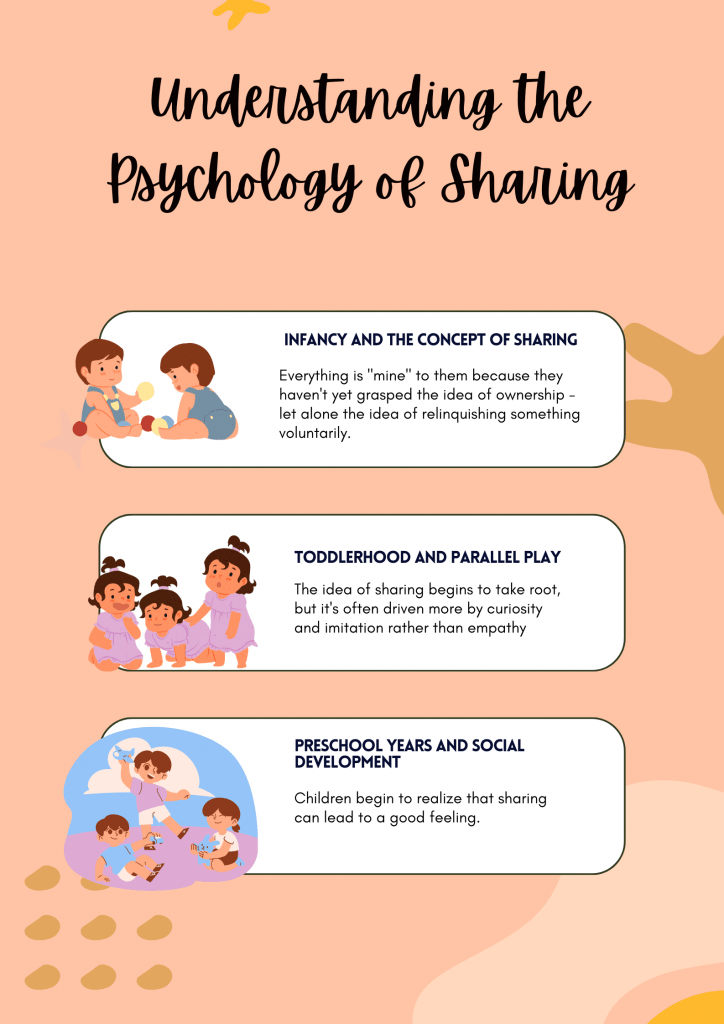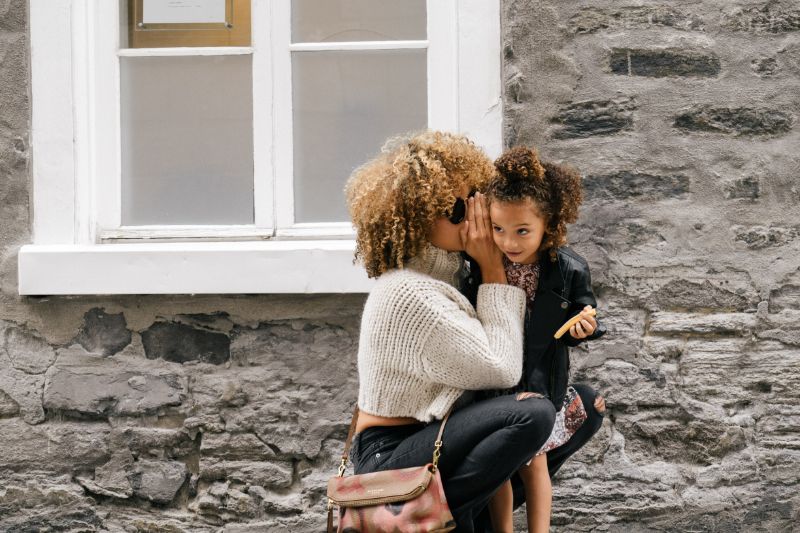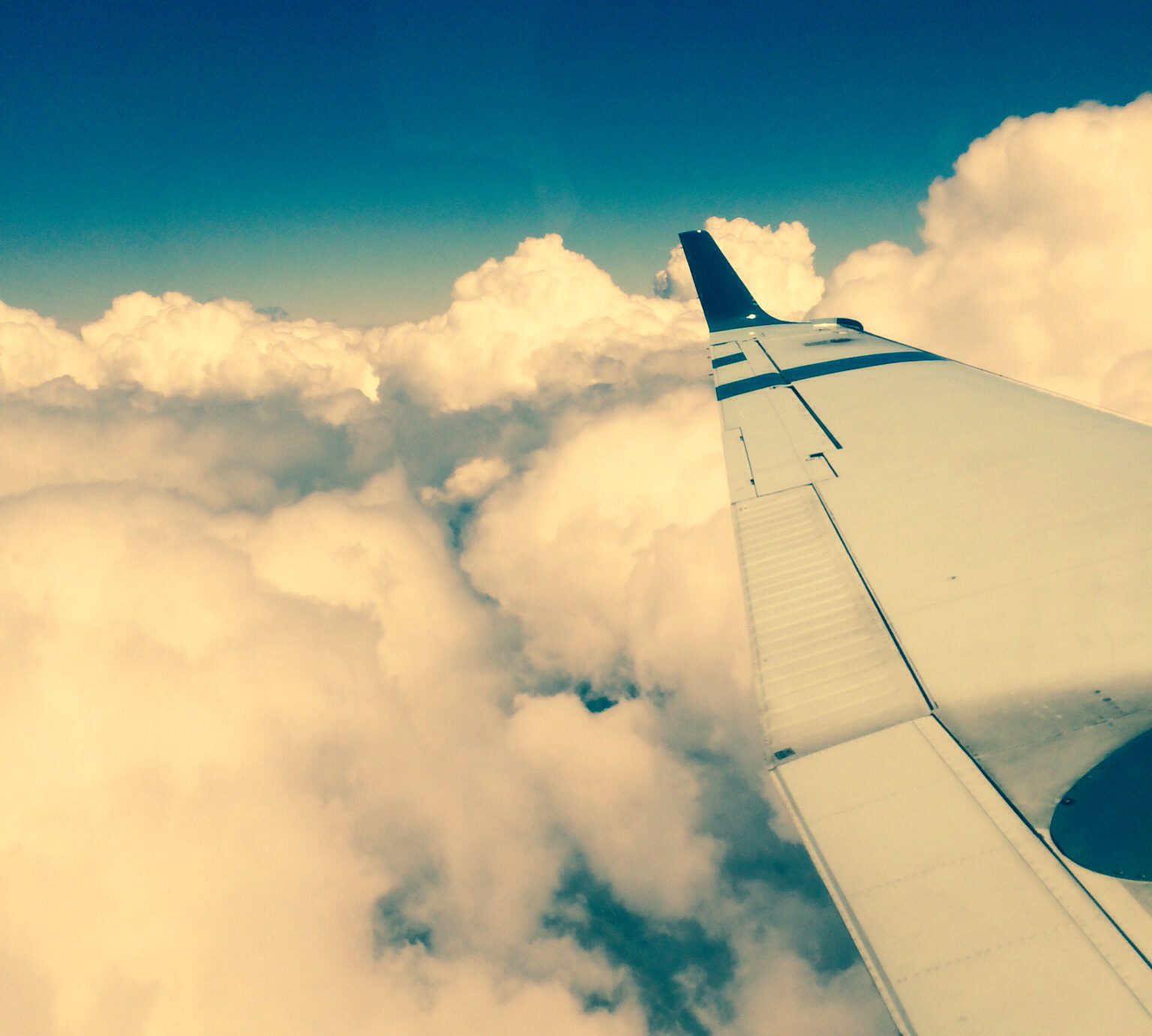Table of Contents
- Understanding the Psychology of Sharing
- Setting the Stage for Successful Sharing
- Establishing Clear Rules and Expectations
- Teaching the Art of Sharing
- Use Positive Reinforcement
- How to Deal with Resistance and Reluctance
- Addressing Age-Related Differences
- To Intervene or Not?
- Fostering Bonds Through Shared Play
- Say Goodbye to Playtime Woes
When battles over toys happen, here is a strategy that will end fights over toys and answer the question about kids sharing.
This summer, our front patio has become a place where the neighbor kids congregate. When we’re home, it’s common to have two to eight kids sharing a game or two. Whether it’s on the stoop experimenting with craft materials or on the lawn constructing with cardboard, it’s pretty amazing. These children range in age from four to eleven, have different maternal languages and ethnic histories, and are boys and girls.
And yet, their play becomes almost instantly symbiotic when they come together. Their magic has me spellbound.
On hot days, the hose comes out. And they pull out water guns, the slip and slide, or just drench themselves in the silliest ways they can imagine. When they get bored or thunderstorms roll in, I bring a big old box of forgotten toys from the basement. Then their imaginations continue uninterrupted.
This summer has been a wonderful one. But it hasn’t been all peace and love. There have been power struggles and kids fighting, too.
Related reading: These Strategies Will End Power Struggles with Your Strong-Willed Child
Namely, there have been issues with kids sharing.
With friends are over and with new toys resurfacing, there have been times when my kids have been possessive.
From time to time, their fun will be cut with, “I had that first!”
“Mine!” is also a common refrain. Suddenly, I am in a crossfire, desperately trying to mediate kids fighting over coveted playthings. But is there more to this squabble over stuffed animals and building blocks than meets the eye?
When their friends are over, we want our kids to be motivated to share. It’s not too much to ask, I suppose. So, how do we achieve balance in the universe of toys and play?
Understanding the Psychology of Sharing

To truly put an end to kids fighting over toys, we must delve a little into child psychology and understand the intricate stages of sharing.
Infancy and the Concept of Ownership
In the earliest stages of life, a baby’s world revolves around their own needs and desires. They cry for food, warmth, and comfort, seemingly unaware of what sharing is. At this stage, everything is “mine” to them because they haven’t yet grasped the idea of ownership -let alone the idea of relinquishing something voluntarily.
So, when your baby clutches onto their pacifier with a tiny fist, it’s not a power play; it’s their primal instinct kicking in. As parents, our role here is to provide comfort and slowly introduce sharing through gentle interactions.
Toddlerhood and Parallel Play
As your child enters the toddler years, parallel play becomes the norm. You may notice two little tykes playing side by side, each engrossed in their own world of toys. They might exchange a glance or a word, but for the most part, they’re still very much in the “mine” phase.
At this point, the idea of sharing begins to take root, but it’s often driven more by curiosity and imitation rather than empathy. Your toddler might observe you sharing snacks with them and begin to mimic this behavior. However, it’s important to remember that their concept of sharing is still blurry.
Preschool Years and Social Development
Preschool marks a significant turning point in a child’s sharing journey. They start to form more complex social relationships and become increasingly aware of other’s feelings. This newfound awareness, coupled with their burgeoning vocabulary, allow them to articulate their thoughts and negotiate with peers.
During these formative years, children begin to realize that sharing can lead to a good feeling. They experience the joy of using the playground with others and the satisfaction of seeing their friends happy.
Additionally, it’s crucial to remember that the transition from “all mine” to “let’s share” isn’t always smooth. This is especially true for a strong-willed child. There will be moments of resistance, jealousy, and tears (sometimes a lot!). but these are all part of the learning process. Certain events such as after-school meltdowns can also dampen their mood towards sharing.
Setting the Stage for Successful Sharing

Is a peaceful coexistence among playmates possible? Will I see the last of a sibling fighting another? Or is it just a faraway dream? Here’s some good news – crafting the right atmosphere and establishing clear rules can pave the way for a tear-free playdate.
The environment where kids play can significantly impact their sharing behaviors. Imagine a room strewn with toys of all shapes and sizes, scattered like confetti after a celebration. In such chaos, it’s no surprise that sharing can quickly turn into territorial warfare.
To promote a sharing-friendly environment where kids fight less, consider these organizational strategies. Here’s how you can make their space a haven for cooperative play.
Apply a toy rotation scheme

Limit the number of toys accessible at any time, rotating them periodically. This not only reduces clutter but also encourages children to appreciate and share the toys they have. It also prevents a kid’s fight from brewing.
Assign designated spaces
Create clearly defined play areas where certain toys are kept. Labeling shelves or bins can help children understand where each item belongs, reducing disputes about who owns what.
Create sharing-focused areas
Dedicate a portion of your yard or a specific room to shared toys and activities. This space sends a clear message that some toys are meant for everyone to enjoy.
Provide a balanced toy selection
Aim for a mix of individual and group-oriented toys. Dollhouses, board games, and building sets often encourage sharing. Meanwhile, more personal items like stuffed animals and comfort blankets are best for solo adventures.
Rotate shared toys
To avoid the “everyone-wants-the-same-doll” scenario, consider rotating popular shared toys among children, ensuring each gets a turn to be the keeper.
Establishing Clear Rules and Expectations
Creating a sharing-friendly play place is crucial, but setting some rules and expectations that everyone can follow consistently is equally important.
Be consistent
Consistency is the bedrock where sharing rules stand. Children thrive on routine and predictability. If they know that you will enforce guidelines consistently, they are more likely to embrace them.
Apply explicit sharing times

Designate specific times for sharing, such as during playdates or family game nights. This helps children understand when sharing is expected and reinforces its importance.
Use Visual Reminders
Visual aids like charts or posters can serve as gentle reminders of sharing expectations. They can feature simple phrases like “take turns” and “ask before borrowing.”
Teaching the Art of Sharing
The concept of sharing isn’t just about avoiding conflicts over toys. It’s about instilling valuable life skills and nurturing empathy in our children.
Children are astute observers and learn much by watching the grown-ups in their lives. As parents, we are the primary role models for our children’s behavior, including sharing. Here’s how we can lead by example:
Share with them.
Let sharing be your family’s lifestyle. Share a snack, offer to play a game together, or let your kids see you sharing with others.
Narrate your actions
It’s best to explain what you’re doing as you go along. For example, “I’m sharing my sandwich with you because sharing makes us feel good, and it’s a kind thing to do.”
Tell stories

Share age-appropriate stories or books that revolve around sharing. These tales often convey valuable lessons about the joys of sharing and the consequences of selfishness.
Give examples
Share stories from your own life about how sharing and kindness made you and others happy. These real-life situations can inspire your children and motivate them to share even without prompting.
Use Positive Reinforcement
Positive reinforcement is a powerful tool for encouraging sharing habits in children. Here’s how to apply it effectively:
Offer specific praise

When you witness your child sharing or taking turns willingly, offer specific praise. For example, “I’m so proud of you for sharing your toys with Ally. That was very kind!”
Give encouragement
Encourage your child to share by highlighting the positive feelings it brings. Remind them how happy sharing makes others feel and how it can strengthen friendships.
[Related reading: Using Positive Discipline Instead of Scolding Your Child]
How to Deal with Resistance and Reluctance
Children, being unique individuals with their own temperaments, may sometimes resist sharing. But fear not, for with understanding and the right strategies, we can navigate these challenges with grace.
Territorial disputes often arise when children perceive certain toys or spaces as exclusively theirs. Some kids might even resort to hitting or biting when they don’t get their way. The following tips can help you address these issues.
Discuss ownership
Talk to your kids about personal ownership and shared items. Help them understand that while some things are private, others are best shared for everyone to enjoy.
Addressing Age-Related Differences
Children of various ages might find it more challenging to share with one another. Older kids might view the younger ones as disruptive. Meanwhile, the littles may struggle to keep up. When kids fight, the following tips may help manage these issues.
Celebrate Differences
Acknowledge each child’s unique abilities and interests. Help them see how their differences can complement each other during play.
Start a buddy system

Pair up kids with varying ages as play buddies. Encourage the big bro or sis to mentor and guide the little ones, fostering a sense of responsibility and cooperation.
To Intervene or Not?
As parents, we can shape our children’s sharing behaviors and conflict-resolution skills. Getting in the middle when kids fight is like a delicate dance – sometimes leading, sometimes following. Knowing when to step in or step back is crucial. The right balance helps them develop their problem-solving skills, too.
Initially, observe the situation from a distance. Give your children a chance to work through minor fights on their own. This allows them to find solutions and communicate their needs. If the the sight of fighting kids gets out of hand, step in calmly and impartially. Your role is to guide rather than take sides. Listen intently to what each child says while avoiding judgment or making rash decisions.
Fostering Bonds Through Shared Play

Beyond sharing, encouraging collaborative play and celebrating shared experiences can strengthen your kids’ relationships with their siblings and friends. Try the following suggestions for a more peaceful playtime.
- Play board games, hide-and-seek, or scavenger hunts. These activities can boost cooperation and team spirit within the group.
- Create opportunities for the kids to work together on projects to foster a sense of camaraderie.
- Provide art supplies, building materials, or costumes that inspire imaginative group play. Collaboration can form lifelong bonds.
- Set aside a dedicated playtime where everyone participates in the fun. Your kids can draw positive feelings from these memories when things get tough.
Say Goodbye to Playtime Woes
We often find ourselves in a pickle amid battles over toys and the quest for kids’ sharing. It can be more frustrating when you see a sibling fighting another sibling. It’s a parenting dilemma that requires patience, understanding, and a dash of “magic”. Despite their occasional tears and our raised voices, children offer glimpses of their remarkable capacity to bond and harmonize during play- transcending language, culture, and age.
Summers often witness youthful exuberance, where kids of diverse backgrounds converge in laughter. It’s mesmerizing to watch.
But, believe me, there will be moments of contention fueled by the primal instinct of possession. You can never escape the sight of fighting kids. As parents, we find ourselves caught in the crossfire, desperately seeking solutions.
If you look closely, a deeper psychology is at play, rooted in the developmental stages of our children. The journey of sharing unfolds in intricate ways.
As parents, we are responsible for understanding these stages, and setting the stage for successful sharing. It’s a delicate balance of modeling, reinforcing positive behavior, and nurturing empathy.
The battles over toys may be fleeting, but the bonds forged through shared experiences are lasting. So, embrace the laughter, navigate the conflicts with grace, and savor the glory of childhood. We know that the true essence of parenting lies in these precious moments.
Find more of our favorite resources Here












I LOVE this concept. It’s so simple, but like you said, so empowering! Obviously it will only work with kids who are old enough to really verbalize, but I’m going to try it tomorrow!
Exactly, this sharing strategy is limited to verbal children, but it helps so much!
This is amazing advice! I have 3 girls and 1 boy and they do get along very well for the most part, but there is always those times where they have a hard time sharing. I’m so glad I came across your blog today!
-Krystle
http://www.alltimetreasure.com
Thanks so much for reading and for your very kind comment <3
When children aren’t able to share, it’s usually for one of two reasons. Either they haven’t been able to establish a sense of connection in the past few hours, or something has happened to remind them of hurtful times in the past, when they felt afraid or alone.
Tried this – my 8 year old said no, he can’t use it when she isn’t using it. What now?
I first ask for they toy they are fighting over as it stirs up more fighting when one is holding it and the other is not. Do not grab, snatch or pull out of their hands as this reinforces grabbing from each other. Than I remind them that sharing is: waiting quietly without complaint, taking turns by asking how many minutes (how long until their turn), and trading. Trading is offering a different toy that the other person may have wanted earlier or now. When I remind them and give them time to work out sharing with my gentle guidance, kids always work it out and as time goes on gets better with sharing issues.